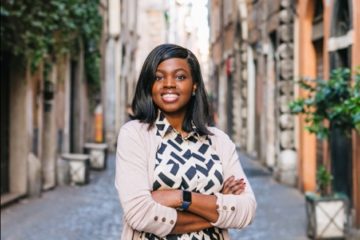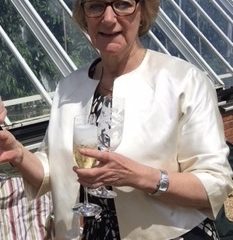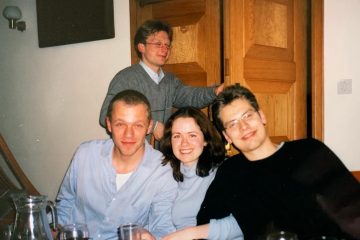St Edmund’s is my third Cambridge College.
As a student, I was affiliated with Queens’, which sadly was not a great love affair, probably not helped by the fact that at the time graduate students were still a relatively new category and treated as second class students, with limited access to certain facilities, clubs and associations, and housed in mushroom and mould infested houses with varying electricity and gas supply. Then, a not untypical Cambridge story, as graduate students were regarded primarily as an easy source of income. Subsequently, St John’s kindly took me in as a Research Associate for a number of years, educated and fed me, and guided me to grasp the machinations and inner workings of Cambridge Colleges.
Finally, St Edmund’s accepted me into its ranks, first as a Bye-Fellow and then as a Fellow, and I am now the PDRA (Postdoctoral Research Associates) Co-ordinator and responsible for organising the new intake of young postdocs, chairing the Conversazione Committee and running the pre-prandial Research Salons.
Through this experience of a variety of Cambridge Colleges, and familiarity with two further Colleges from The Other Place by spousal connection, I feel I have a particular insight into what makes St Edmund’s such as a very special locality.
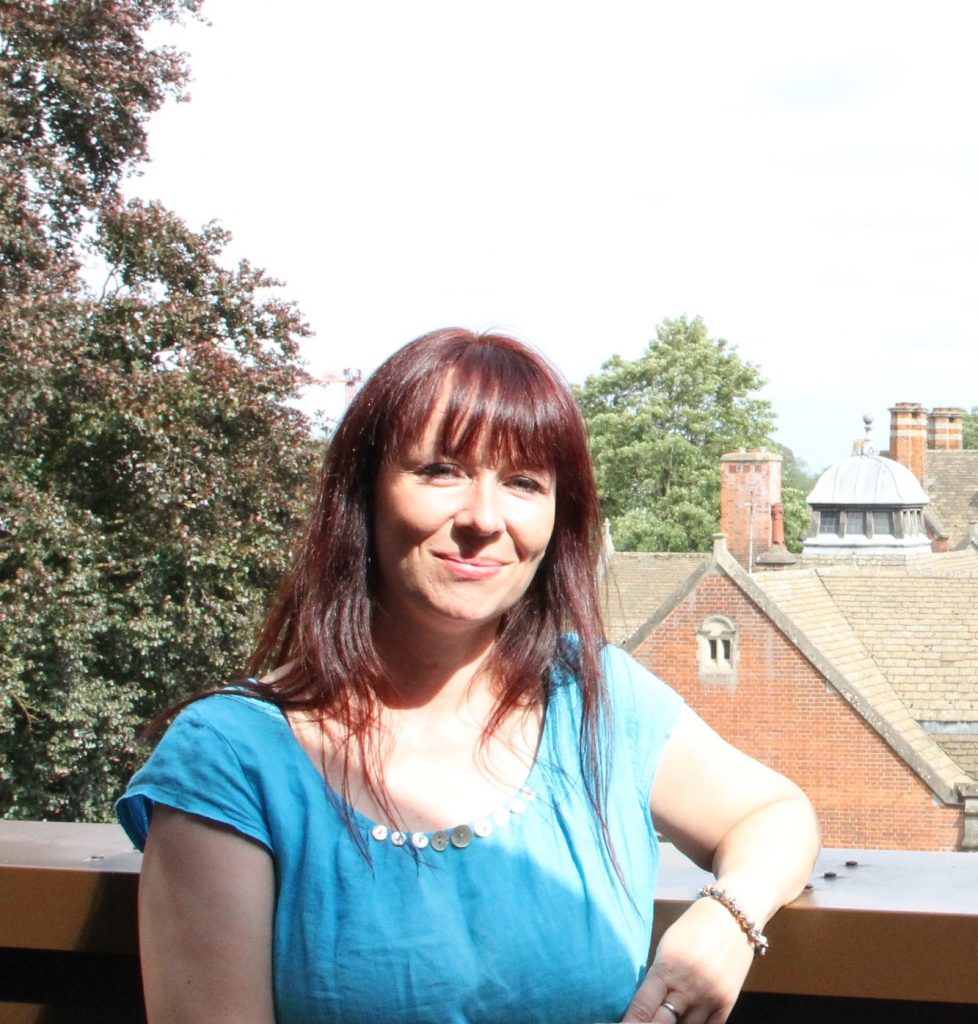
It is always praised as the most diverse College and the many nations its students and Fellows come from is frequently cited and perhaps overemphasised, but there is something truly wonderful at the heart of this.
I doubt the diversity is so visible in any other College. When you look over the tables at lunch and dinner, the many hair and skin colours show a human landscape more reminiscent of urban areas such as Brixton or Leicester, than more rural Britain or Oxbridge.
Eddie’s students may miss out on the grand halls of traditional Colleges or the bursary schemes of the wealthy ones, but I dare say that they get an inclusive experience to rival all other places.
I have heard Kashmiris discuss cricket with Indians, Armenians toast with Azerbaijanis, and Iranians and Israelis share their love of particular Netflix programmes, with the biggest division lines drawn between supporters of rival sport clubs or preference for particular kinds of foods.
At one of the Research Salons, a random line-up of five speakers turned out to gather Jewish, Christian, Muslim, Buddhist/Atheist and Hindu heritage.
The chance to interact with people unlike yourself and see the world from their perspective is truly enriching and creates friendships that last lifetimes.
There is also the fact that St Edmund’s is a mature college and that there are no hierarchies between high and low table has very noticeable effects. I have never had such fun talking to students at Formal Hall in any other College, as our students are much more used and thus open to talk to senior academics during their lunches and evening meals.
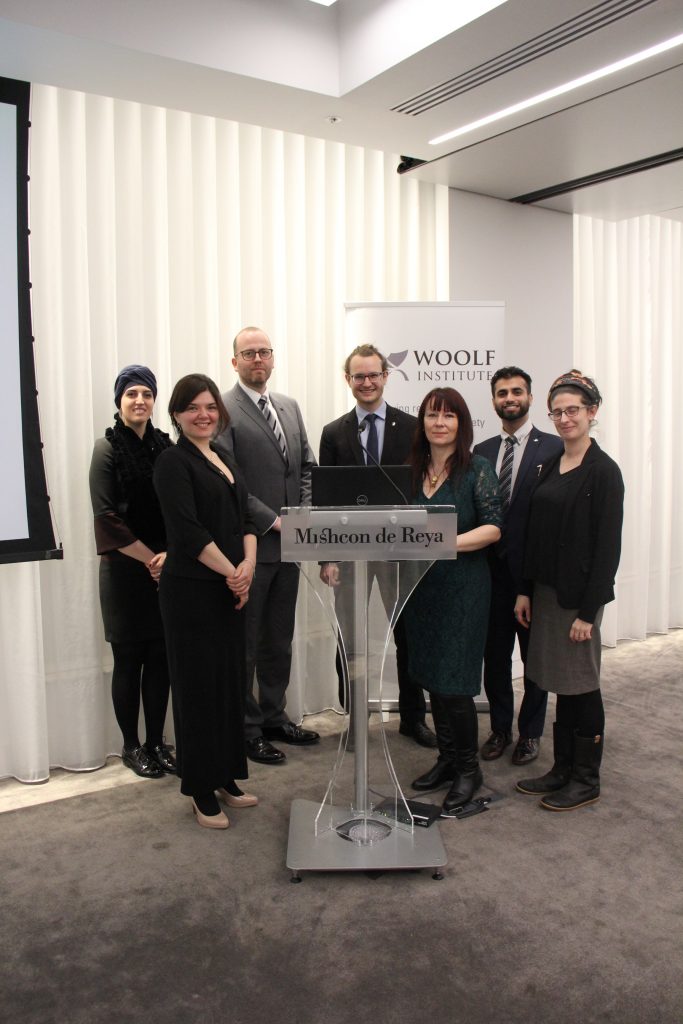
For this 50 Women at St Edmund’s series, I also want to talk about how I feel being a woman in the College.
Until fairly recently, misogyny was very much part of life in many Colleges. This may sound like a caricature but like me, you might have sat next to elderly men who proudly announced they voted against the inclusion of women into College, or experienced another all-male dinner in a College that shall remain unnamed where your host was asked by another diner why he would always bring ‘these women’ into College. Things have moved on from this, but it can still be a challenge for more introverted or less confident women to assert themselves in the academic landscape.
Having grown up in relatively patriarchial set-up, even I catch myself with an unconscious or even quite conscious bias against women. The best remedy for this affliction are role models.
I am extremely lucky to have a team of three female Directors working with me in my post as Executive Director of the Woolf Institute, who support me in learning of how to lead as a woman.
And in the College, an abundance of further strong female role models are available. An eloquent, effective and no-nonsense Master. An indomitable and very approachable Senior Tutor, who combines female intuition and kindness with academic rigour. A decisive and tough Bursar. The women at St Edmund’s can emulate female engineers, mathematicians, physicists, lawyers, linguists and art historians.
I am very contend to be a part of the Eddie’s community. As they say, third time lucky …
